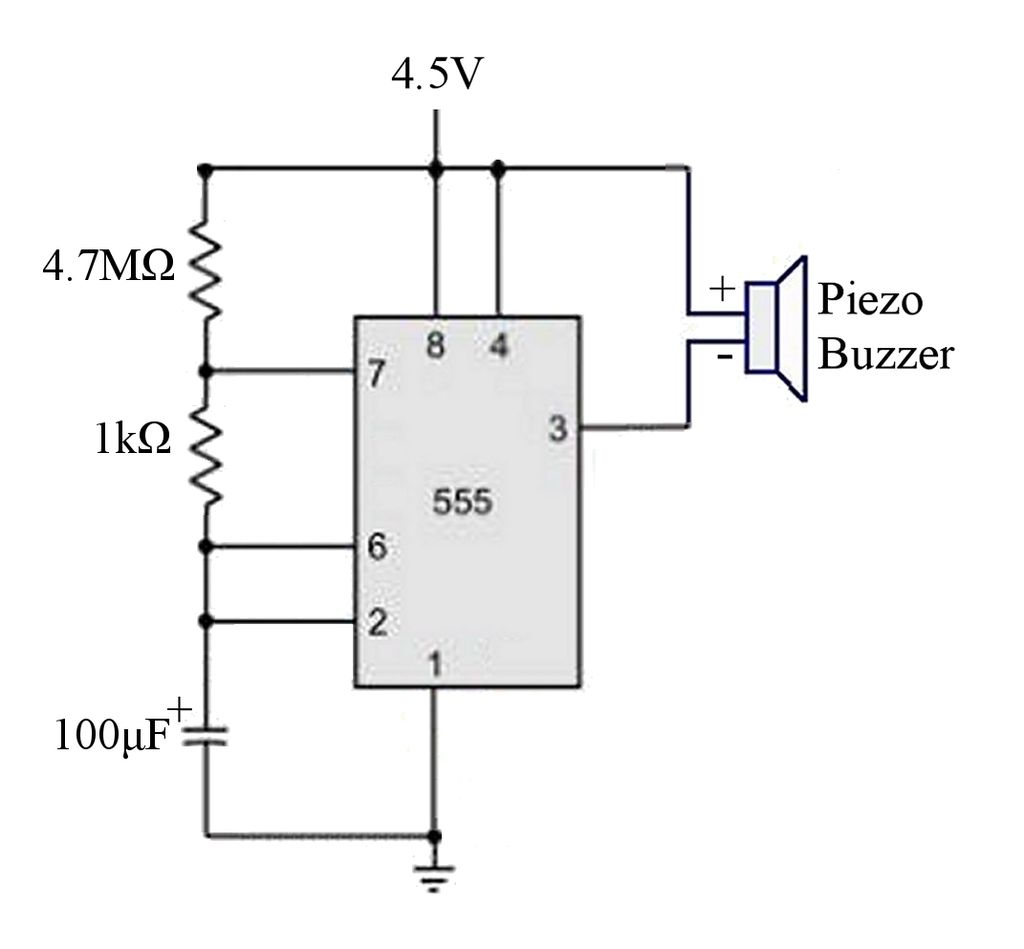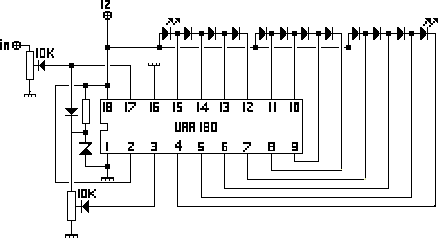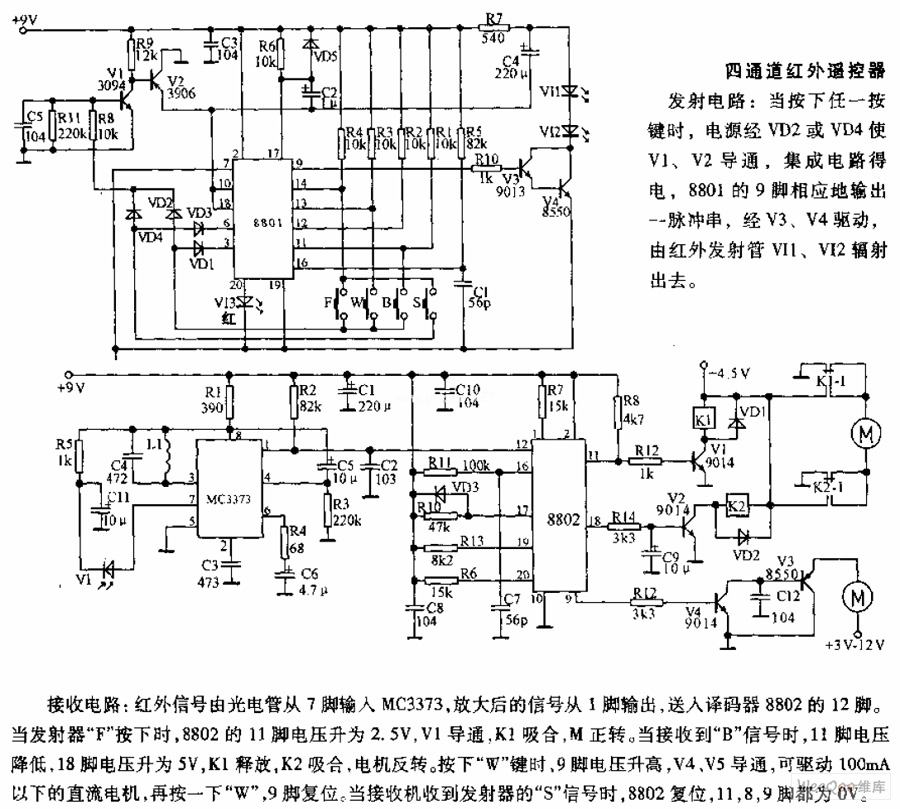
Automatic Head Lights Turn Off Circuit

A circuit that can automatically turn off the headlights or lamps of a vehicle after a preset time. This light switching circuit is constructed using a 555 timer integrated circuit (IC).
The described circuit utilizes the 555 timer IC in a monostable configuration to achieve the automatic switching of vehicle headlights. In this setup, the 555 timer is triggered by a momentary switch, which could be activated when the driver turns off the ignition or exits the vehicle.
Upon triggering, the timer initiates a timing cycle determined by external resistors and capacitors connected to its timing pins (pin 6 and pin 2). The output (pin 3) of the 555 timer goes high for a duration defined by the time constant, which is calculated using the formula T = 1.1 * R * C, where T is the time in seconds, R is the resistance in ohms, and C is the capacitance in farads.
During this time, the output can drive a relay or transistor that controls the power to the vehicle's headlights, effectively turning them off after the preset time has elapsed. The circuit may also include a diode across the relay coil to prevent back EMF from damaging the 555 timer when the relay is de-energized.
Additional components such as capacitors may be added to stabilize the circuit and prevent false triggering due to noise. The design can be adjusted for various time intervals by selecting appropriate resistor and capacitor values, making it versatile for different vehicle applications.
This automatic headlight turn-off system enhances vehicle safety by ensuring that lights do not remain on unintentionally, thereby preventing battery drain and potential electrical issues.A circuit that can turn off head lights/lamps of a car/vehicle automatically after a preset time.This light switching circuit is built using 555 timer IC. 🔗 External reference
The described circuit utilizes the 555 timer IC in a monostable configuration to achieve the automatic switching of vehicle headlights. In this setup, the 555 timer is triggered by a momentary switch, which could be activated when the driver turns off the ignition or exits the vehicle.
Upon triggering, the timer initiates a timing cycle determined by external resistors and capacitors connected to its timing pins (pin 6 and pin 2). The output (pin 3) of the 555 timer goes high for a duration defined by the time constant, which is calculated using the formula T = 1.1 * R * C, where T is the time in seconds, R is the resistance in ohms, and C is the capacitance in farads.
During this time, the output can drive a relay or transistor that controls the power to the vehicle's headlights, effectively turning them off after the preset time has elapsed. The circuit may also include a diode across the relay coil to prevent back EMF from damaging the 555 timer when the relay is de-energized.
Additional components such as capacitors may be added to stabilize the circuit and prevent false triggering due to noise. The design can be adjusted for various time intervals by selecting appropriate resistor and capacitor values, making it versatile for different vehicle applications.
This automatic headlight turn-off system enhances vehicle safety by ensuring that lights do not remain on unintentionally, thereby preventing battery drain and potential electrical issues.A circuit that can turn off head lights/lamps of a car/vehicle automatically after a preset time.This light switching circuit is built using 555 timer IC. 🔗 External reference





